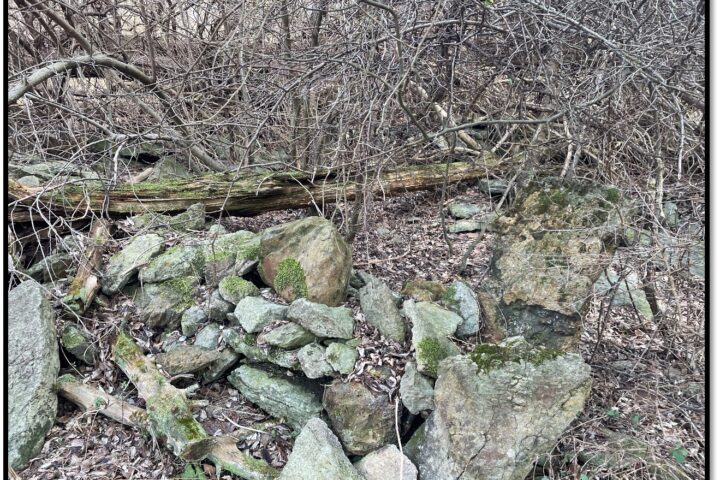
By Ryan Reed
An appropriate topic for the month of May, mayapples are a widespread inhabitant throughout Penn’s Woods. Found in distinctive colonies in the shady understory, mayapples (Podophyllum peltatum) are a handsome component of the herbaceous forest floor. Their broad leaves, showy flowers, and interesting fruits are sure to catch the eye of many forest visitors.
 Beyond their aesthetic appeal, mayapples are also a fascinating study in ecology and natural history. If you’re out for a walk in the woods and notice a colony of mayapples, keep your eyes peeled for its close associate, the beloved box turtle. Known to savor mayapple fruit, box turtles are reported to be critical to mayapple seed dispersal and successful reproduction. A host of other vertebrates has also been observed eating mayapple fruit, including raccoons, deer, and squirrels. Although their fruits make a good seasonal food for wildlife, the plant has evolved a defense to be no pushover to herbivory.
Beyond their aesthetic appeal, mayapples are also a fascinating study in ecology and natural history. If you’re out for a walk in the woods and notice a colony of mayapples, keep your eyes peeled for its close associate, the beloved box turtle. Known to savor mayapple fruit, box turtles are reported to be critical to mayapple seed dispersal and successful reproduction. A host of other vertebrates has also been observed eating mayapple fruit, including raccoons, deer, and squirrels. Although their fruits make a good seasonal food for wildlife, the plant has evolved a defense to be no pushover to herbivory.
Mayapples produce a toxin called podophyllotoxin, which is highly poisonous if ingested in significant quantity, helping to explain why mayapple leaves nearly always appear perfectly intact. Native Americans knew the plant to be medicinally valuable, and used it as a laxative, purgative, and wart treatment. Modern science has capitalized on the toxin’s unique organic structure to derive hundreds of chemical substances that are either current or potential medicines, most notably for treating cancer (testicular, lung, leukemia). The mode of action for podophyllotoxin in cancer treatment appears to be to disrupt cell division and hence, formation of tumors. This property also shows promise and suitability to be used as an antiviral, targeting the genetic replication process for production of more virus.
Mayapples range broadly in North America, occurring in at least 34 US states and three Canadian provinces. Their amazing adaptability to climatic variation, considerable ecological value, and medicinal importance make the mighty mayapple a stalwart of commonwealth forests.
Forest Fridays is a feature of the DCNR Bureau of Forestry.




